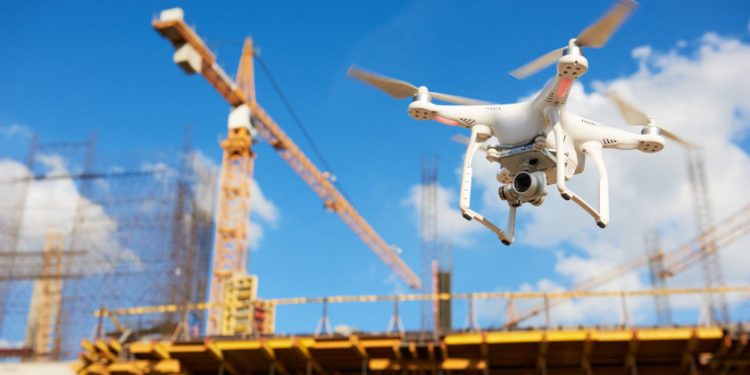Automation
Automatomation can come in many forms in the construction industry. Construction is having a hard time implementing or advancing these processes because of the standardization that is taking place. Still, they are able to automate through software, manufacturing processes, and robotics. They are able to automate simple things like scheduling, paying, being paid, and buying materials through new software products.
Factory Advancements
They are also able to have automation in the manufacturing process. This automation can come from the development of prefabricated homes. Prefabricated homes are made in a plant. Homebuilders that use a factory can introduce standardization, economies of scale, and robotics into the factory. When the production of homes is done in a factory, it can then use stationary robots to automate more non-complex processes.
3D Printing
Some new construction companies that specialize in 3D printing are also able to automate the framing process of homes. This way, they are able to build the frame of the home with a robot and concrete, and then go in with a team for wiring, plumbing, cabinetry, flooring, and indoor framing. This automation greatly reduces the amount of labor required.
Drones
Drones can give a bird’s eye view to see progress on the job site. This progress can be seen by simply monitoring workers. It can also measure the amount of debris for larger sites saving time from driving. This application is commonly used when measuring the volume of dirt piles or waste needed. It can also quickly check inventory on wood at larger sites, however, having an actual inventory is the best practice. Smaller sites are not going to adopt this technology, however.
Scheduling And Communication Software
There is software that is continuing to be updated and advanced that can help the project management of construction. Some of these applications can come in an all-in-one solution, however, others do not. They can help streamline the clerical work of communicating information.
Planning And Design
There are several ways technology is improving the planning and design of construction sites. Planning and design are often very crucial and time-consuming parts of any construction process. It normally deals with finding a spot based on a lot of information, making sure that spot is right, then making the designs and planning for building on that spot.
Surveying Equipment
Surveying equipment is one of the many expert systems in the industry that is constantly improving because of the demand for these tools. They are required to determine if a site for the building is good enough. They help determine this by reading how level the land is, including other properties. Knowing this information helps the constructors to plan much more effectively.
Zoning Technology
There is certain software that gives you information and data on land to find the best spot for development. Some of this information can be location, topography, surrounding infrastructure, appreciation potential, geological red flags, zoning regulations, noise pollution, climate, and other things that affect construction and property value.
AI Building Designing
Using AI, you can cut out the designing process and give the program a set of rules to follow like how many square feet, how many rooms, how many bathrooms, and so on, and it will be able to help design the building based on the parameters you put in it. It even sometimes gives a creative solution to a difficult problem. 3D modeling is already being used in architecture and design, so the skills necessary for operating these programs will not be completely foreign to the designers.
Training
Online Education
Several licensing courses are making talent and skill development so much easier and efficient. They are increasing the skill of the construction workers, increasing their pay, and increasing their quality. Without the correct licenses and certifications, many of these workers would not be able to perform their job duties, and there would be far less of a supply of construction workers today. The online aspect of this education makes it cheaper, more scalable, and faster than traditional education.
AR And VR
Augmented Reality and Virtual Reality are making their way into the education system for construction. Without these tools, there would be a lot of learning curves that the students could not come in contact with until they were actually out in the field. Them being able to see a virtual simulation of the high-risk and high-expertise scenarios allows them to step into their trade with far greater knowledge without the added on-the-job training.
The construction industry hasn’t been the fastest to adopt new technologies but there’s no denying the fact that the ones the industry has already adopted have made a world of difference for the better, from education and training to safety… The industry will only get better with more technological advancements.



Comments 1